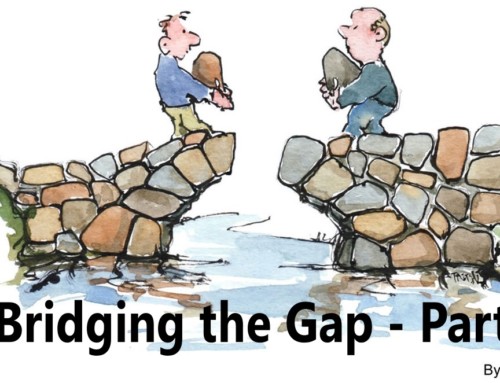In my last blog I wrote that Gallup research reveals American employees feel they spend only 12% of their time playing to their strengths, yet working from strengths is a pathway to human flourishing. Employees who find “flow,” the perfect intersection between skill and challenge, are maximizing their performance. Building a strengths culture is a missed opportunity for most organizations.
Author, Marcus Buckingham, who is at the center of the strength’s movement concedes that little progress has been made on the strengths front. The majority of American workers still believe that fixing their weaknesses is the key to success and few employers have adopted practices that embrace capitalizing on employee’s strengths.
What stands in the way of this movement?
First, employees will only begin focusing on their strengths when they see that it is desired and embraced by their leaders. Leaders who let go of their focus on fixing the weaknesses of their direct reports and transform to a style where they fully understand and utilize each individual employee’s unique gifts will notice that their employees transform. This requires a great deal of direct communication and coaching from the leader.
Second, the organization must let go of rigid human resource systems. The human resource systems that support a strengths-based culture are more flexible than the traditional systems most large businesses use. Most organizations have a list of desired competencies that each person is evaluated against and the “competency gap” is scrutinized. Of course, the “gap” provides plenty of fodder for annual performance evaluations, where employees develop action plans to close the gap – a deficit approach.
Finally, job description development and its linkage to compensation has become such a finely tuned machine, it leaves little room for flexibility, creativity and appreciating the distinct gifts of each individual contributor. Employees are asked to fulfill all aspects of a job because “it’s in the job description.”
The strengths movement calls for leaders who are prepared to coach and mentor their direct reports in a way that inspires the greatest use of each individual’s strengths. This provides some unique opportunities for leaders to maximize the potential of their combined talent pool. When supported by human resource systems that provide flexibility and encourage a focus on the best each person has to offer, leaders will find the performance of individuals, departments and the organization flourishing.






Leave A Comment
You must be logged in to post a comment.